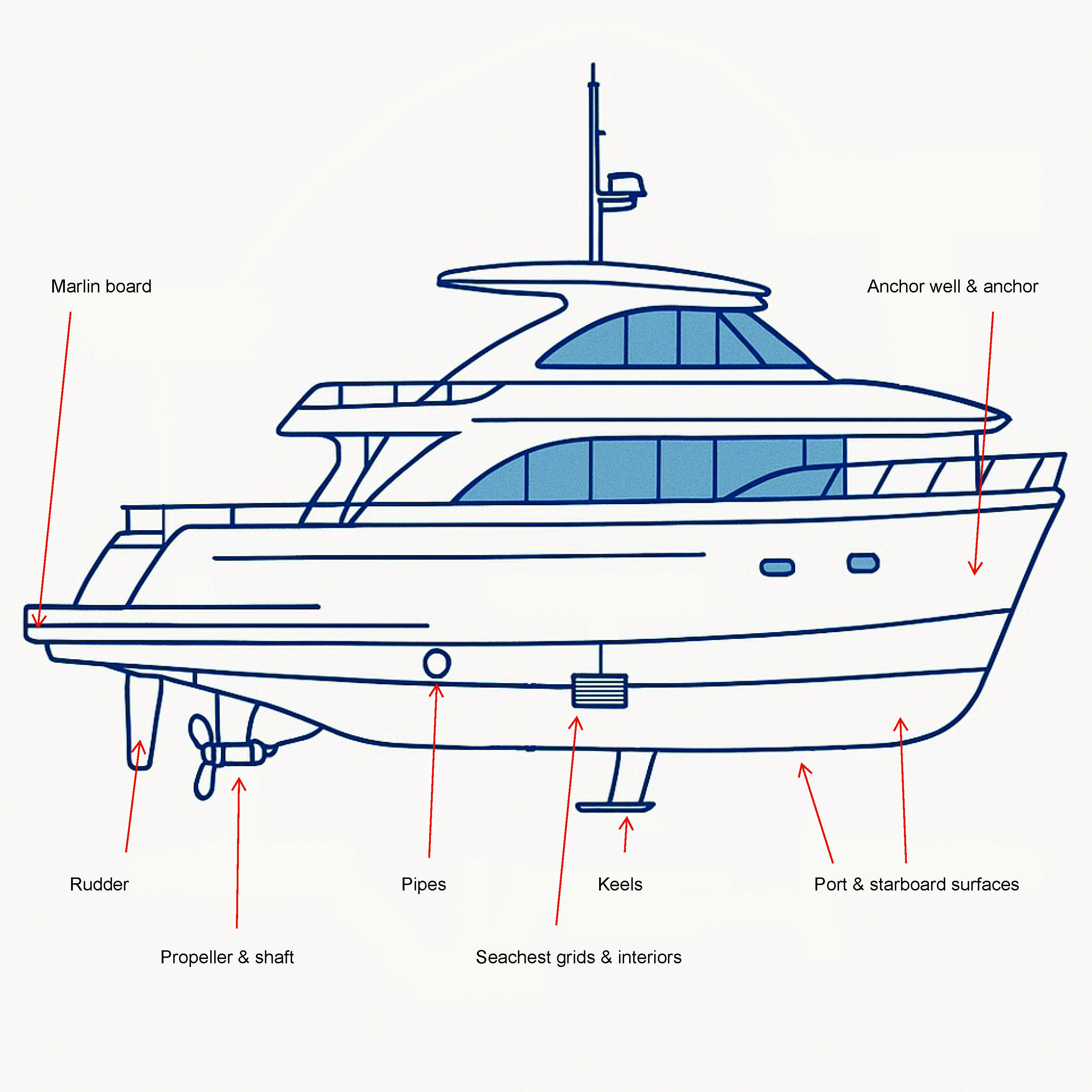Plan your voyage
Most yachts and recreational vessels arriving in New Zealand fall under the long-stay category of the Craft Risk Management Standard - Vessels (CRMS).
Download the Craft Risk Management Standard for Vessels [PDF, 1 MB]
A long-stay vessel is one that remains in New Zealand for 29 days or more or visits locations not designated as 'Places of First Arrival' (PoFA).
If you are bringing in a long-stay vessel into New Zealand, you must comply with the CRMS by providing proof of one of the following:
- Clean before arrival: Conduct a thorough inspection and remove all biofouling from the hull and niche areas within 30 days of your arrival in New Zealand. The only acceptable biofouling for long-stay vessels is a slime layer and goose barnacles.
- Clean out of water on arrival: Have a confirmed booking at an MPI- approved haul-out facility and enter this facility within 24 hours of arrival to remove biofouling.
Find MPI-approved NZ treatment suppliers
Download the CRMS frequently asked questions [PDF, 998 KB]
Short-stay vessels can meet the standard by providing evidence of continual hull maintenance using best practice. Short-stay vessels can only visit POFA and to a maximum of 28 days.
Providing evidence of a clean hull
Before you arrive, MPI will ask to see evidence that you meet the requirements.
Consider sending evidence before departure from your last port.
Early submission can help resolve potential issues, minimizing delays and costs upon arrival.
MPI encourages you to submit evidence of compliance in advance to vessels@mpi.govt.nz
Evidence may include:
- antifouling records – invoices, certificates, photos
- haul-out documentation – invoices, photos
- underwater cleaning records – photos, videos, commercial dive reports
- records of niche area cleaning – log of internal seawater systems maintenance
- booking confirmation with an MPI-approved treatment provider within 24 hours of arrival.
For vessels over 20 metres, consider professional cleaning (haul-out or underwater cleaning).
Ensure your cleaning provider is familiar with the CRMS requirements:
- Schedule 2: Minimum evidence requirements for vessel biofouling inspections – pages 15-17
- Schedule 3: Required locations for vessel biofouling inspections – page 18
- Schedule 4: Biofouling thresholds – page 19.








